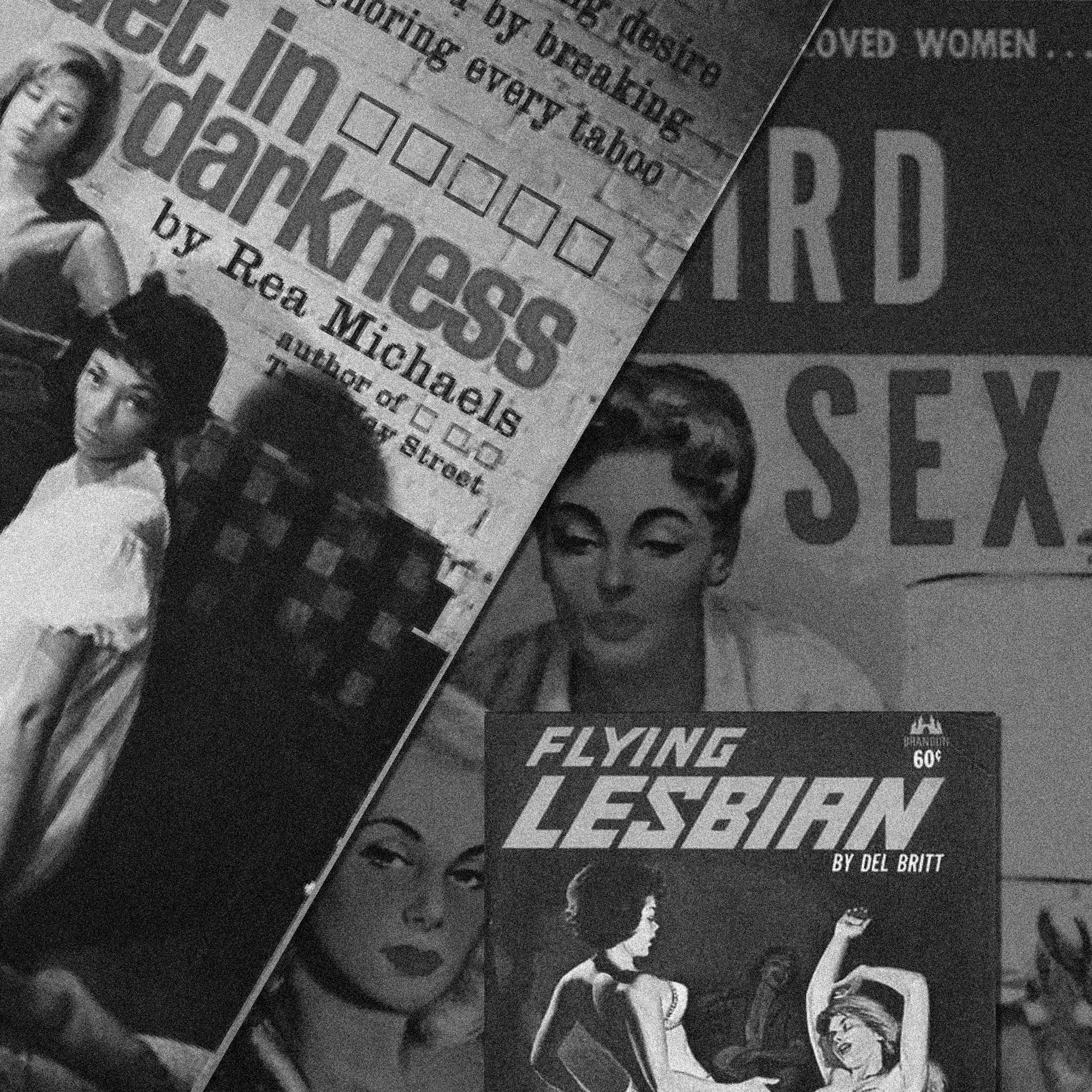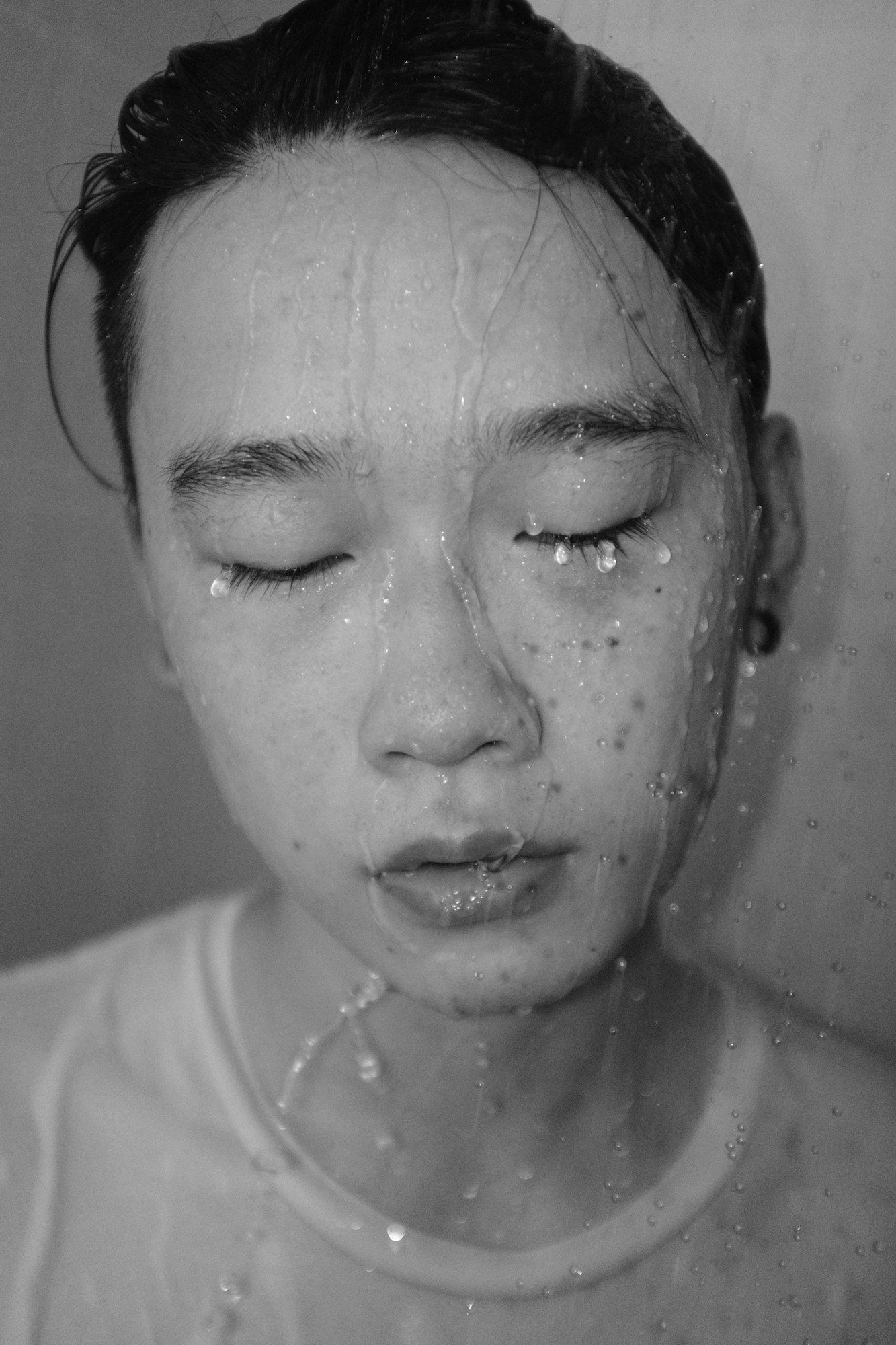a brief history of lesbian pulp fiction.

Sex sells.
If you’ve seen the movie Carol, you understand the appeal of forbidden love: the formidable Carol Aird, played by Cate Blanchett; the relatable Therese Belivet, played by Rooney Mara. Their connection is palpable, and yet their love is taboo. It’s a simple plot that just so happens to be devastating; it’s also, by the way, the same plot of most mid-century lesbian pulp fiction. That said, the connection between the two is often lost to history. This is a shame, especially considering that Carol is, in fact, based directly on The Price of Salt.
Written by Patricia Highsmith under the pen name Claire Morgan, The Price of Salt wasn’t technically considered pulp until it was republished in 1953 as a paperback. Still, it remains one of the most famous products of an era in literature characterized by erotic, sensational fiction, which demonized homosexuals while at the same time enticing millions of readers with stories of lesbian sex.
For lesbians in particular, lesbian pulp fiction was often the only material that acknowledged the queer existence. In the 1950s, if you were the only queer in town, it was easy to feel like you were also the only queer in the world. Joan Nestle, founder of the Lesbian Herstory Archives, said it best: lesbian pulp novels were “survival books.”
Before the 1940s, mainstream literature did not acknowledge the lesbian existence, with few exceptions. This all changed post-World War II: during the war, soldiers were given cheap paperbacks (read: pulp) as entertainment, and once they got home, the demand for the genre quickly spread. Books about lesbians and other scandalous topics, like drugs and crime, proliferated. And the fact they were designated as low-brow actually worked to the advantage of queer storytelling: because pulp wasn’t legitimate “literature”, it flew under the radar of strict homophobic censorship.
Thus, by the end of the decade lesbian love stories were everywhere. Most adhered to a punishing formula: by the end of the novel, the lesbian characters either went insane, died, or ended up with men. Queerness remained pathologized, and censorship in the US government and the USPS prevented authors from writing a gay happy ending. The Price of Salt was the first exception to this rule, and a few others – written by the likes of Ann Bannon – followed.
This mere decade and a half – roughly 1950-1965 – marked the heyday of the genre, what Naiad Press founder Barbara Grier called the golden age of lesbian pulp fiction. Clearly, it was short-lived. By the mid 1960s, publishers were losing interest in lesbian pulp as restrictions on porn loosened; meanwhile, the feminist and gay liberation movements rendered the homophobic themes of lesbian pulp obsolete. But out of this short-lived era, a whole canon of lesbian pulp fiction was formed. Hundreds of books were published, and millions of readers, many of them queer, were coming to terms with their sexuality for the first time. In a delightful twist of irony, these books – written, apparently, to discourage and pathologize homosexuality – laid the groundwork for the gay liberation movement to come.
Today, Carol is one of the few touchstones via which contemporary consumers can experience the weird, often contradictory magic of lesbian pulp fiction. The queer canon is robust and messy – a motley crew of countercultural byproducts that stand for something greater than the sum of its parts. And while lesbian pulp fiction may not have earned a permanent home in the zeitgeist, we’d be remiss to forget its legacy entirely. If nothing else, it confirmed what we all already knew: sex sells.







